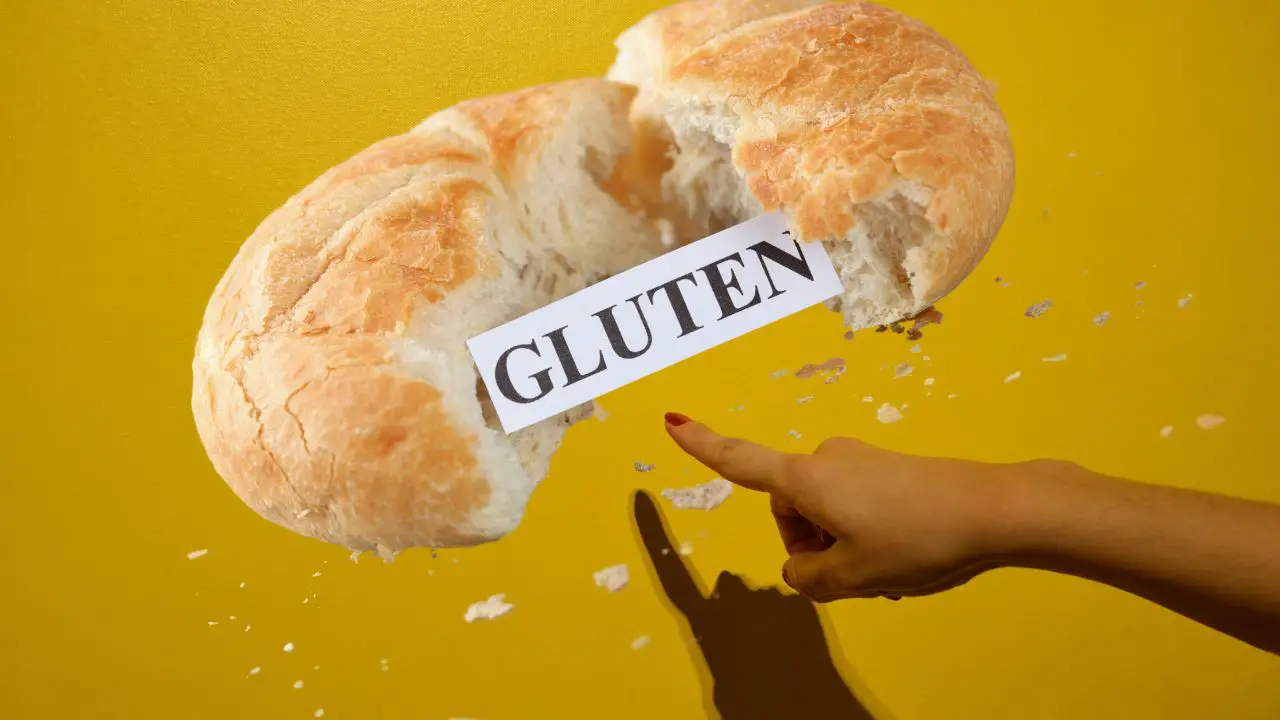Navigating the grocery store and meal planning can be a challenge when trying to avoid gluten. In this article, I will provide you with a list of 15 common foods with gluten and their gluten-free alternatives that you can use instead.
Gluten can be lurking in some unexpected places. I will start with some of the most obvious high-gluten foods and finish up with some of the more surprising and sneaky hidden gluten food products.
If you’re not in the mood for reading, check out our video on 15 high-gluten foods to avoid. Get a visual understanding of what you should be avoiding if you want to follow a low-gluten diet.
15 Foods You Love that are Full of Gluten – and How to Replace them with Gluten-Free Options.
1. Pasta

Pasta is a staple for many people, but if it’s made with wheat, it will contain gluten. This includes all wheat pasta, such as spaghetti, macaroni, fettuccine, lasagne, and ravioli.
Gluten-Free Alternatives To Pasta
When it comes to gluten-free pasta, I have found that quinoa, brown rice, and lentil pasta are the best alternatives for me. They are high in protein and fiber, which keeps me full and satisfied.

Another great alternative that I love to use is spiralized vegetables like zucchini, carrots, and beets. They can easily replace traditional pasta in many dishes and are so delicious.
My absolute favorite is chickpea pasta which is a great gluten-free alternative and perfect for all types of pasta dishes, from spaghetti to lasagne. I highly recommend giving chickpea pasta a try if you’re following a gluten-free diet.
2. Cereal
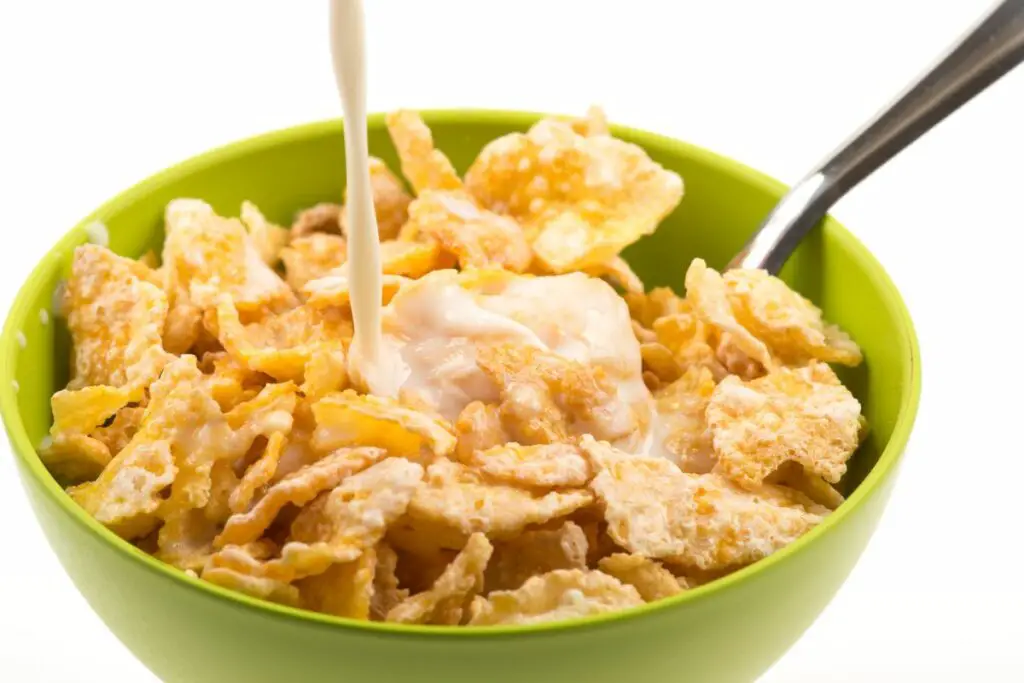
Not all cereals contain wheat. However, many or most do, so it’s important to check the label. Oats can also be a source of gluten, as they are often processed with wheat. So, unless your granola is labeled “gluten-free,” it will contain gluten.
Gluten-Free Alternatives To Cereal

When it comes to cereal, first, I found it to be a tricky one when it comes to gluten-free options. However, I’ve now discovered there are plenty of alternative options available for me as I follow a gluten-free diet.
Some of my favorite gluten-free cereal options include rice cereals, corn cereals, and quinoa cereals. These cereals are often made with gluten-free grains and are a great alternative to traditional wheat cereals.
Another option I like is gluten-free oatmeal, which is made with oats that have been processed in a gluten-free facility.
For those who enjoy sweeter cereal, gluten-free granola is also a great option for me. Many brands now offer gluten-free granola made with gluten-free oats, nuts, seeds, and sweeteners, making it a delicious and healthy breakfast or snack option.
3. Bread
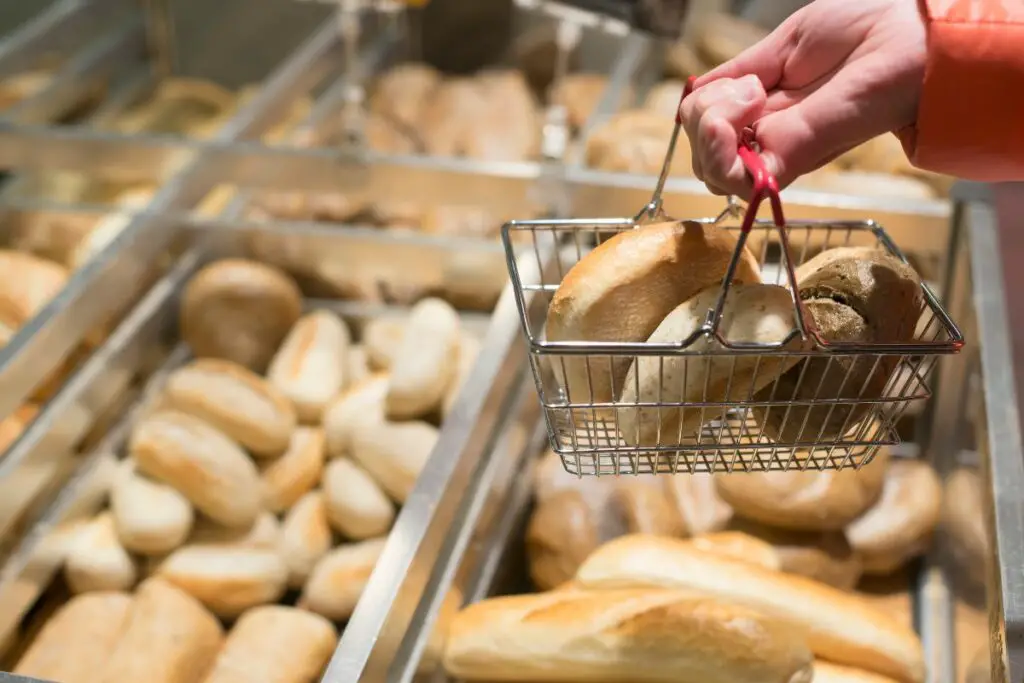
Bread is another staple in many people’s diets, but it is one of the biggest culprits and a high source of gluten. This includes all types of bread, such as buns, rolls, bagels, flour tortillas, and pita bread, unless they are labeled “gluten-free.”
Gluten-Free Alternatives To Bread
Regular bread is quite easy to replace. There are a few good options that I would recommend.

First, you can use almond flour or coconut flour to make homemade bread. These flours are not only gluten-free, but they also provide a different taste and texture that can be quite delicious.
Another great option is using gluten-free bread mixes that can be found at most health food stores. These mixes are easy to use and can be made in a bread machine or by hand.
You can also find gluten-free bread at many health food stores and supermarkets. Some of the best options include bread made from rice flour, quinoa flour, or sorghum flour. These breads are often denser than wheat bread, but they are still delicious and a great option for those with gluten sensitivities.
And lastly, check out my gluten-free and carb-free cloud bread article here.
4. Baked Goods
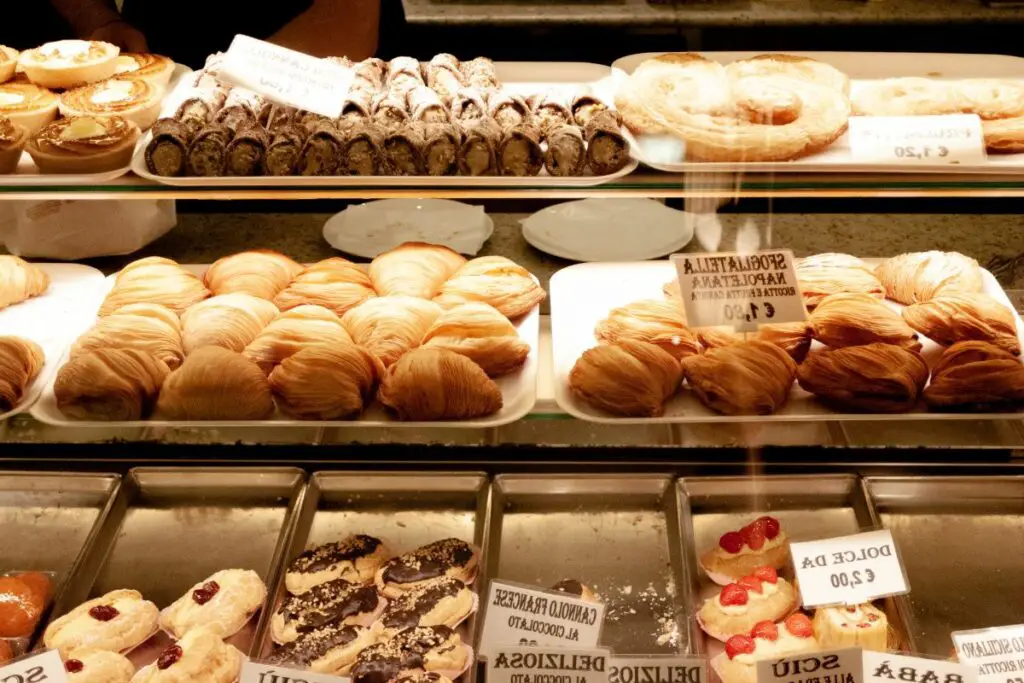
Baked goods are another common source of gluten. These include items like cake, cookies, biscuits, doughnuts, pies, muffins, pancakes, and waffles. So, if you’re planning to lower your gluten intake, you’ll want to be very mindful of these treats.
Gluten-Free Alternatives To Baked Goods

There are many ways for you to substitute the ingredients found in many baked goods for gluten-free options. Using alternative ingredients such as white rice flour, sorghum flour, teff flour, tapioca flour, quinoa flour, or ground nuts can be an innovative and exciting way to experiment with your baking recipes.
I have made a list of 10 High-Gluten Grains And the Best Gluten-Free Alternatives that you can use in your baking recipes. Check it out now!
5. Crackers and Snacks
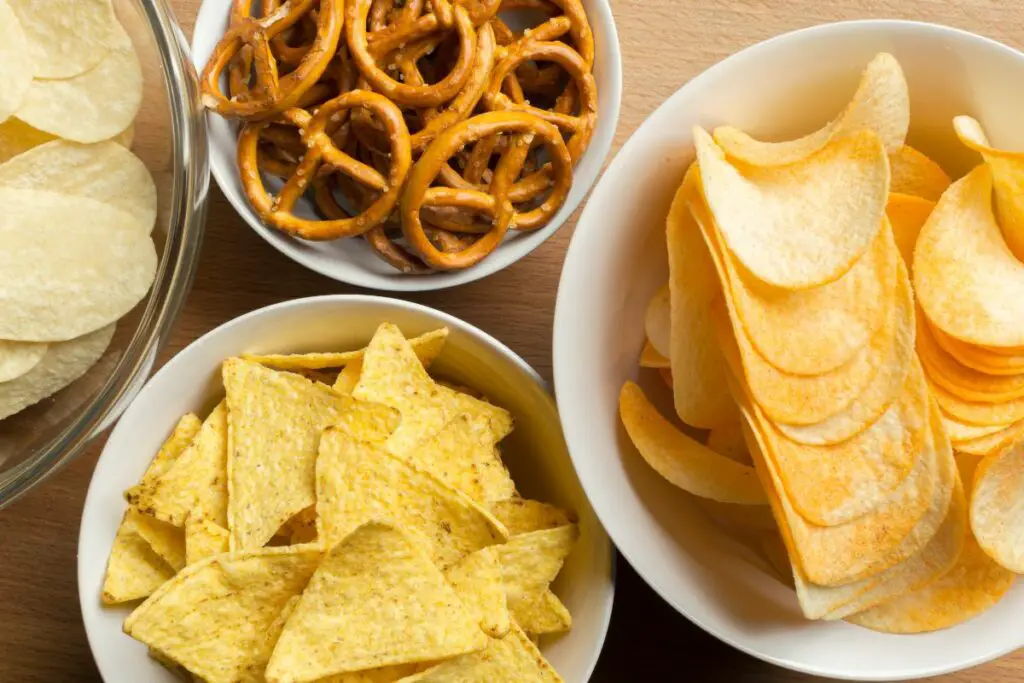
Crackers, wheat snacks, pretzels, and some types of chips are all high in gluten and are popular snack foods to be aware of if you’re planning to follow a gluten-free diet.
Gluten-Free Alternatives To Crackers and Snacks
Missing out on delicious snacks is not an option when there are so many tasty alternatives. There happen to be so many choices when it comes to gluten-free snacking.

Gluten-free crackers and snacks are a great alternative for those with gluten sensitivities or celiac disease. Some popular options include rice crackers, corn tortilla chips, and gluten-free crackers made from alternative grains such as quinoa or amaranth.
Other gluten-free snack options include roasted chickpeas, nuts, and seeds. Additionally, many companies now offer gluten-free versions of popular crackers and snacks, such as gluten-free versions of popular crackers and snacks.
Buttery popcorn and rice cakes are also great choices, alongside peanut butter, nuts, dried fruit, edamame, and homemade kale chips.
Snacking doesn’t need to be boring with these delicious options.
6. Gravy And Ready-Meals
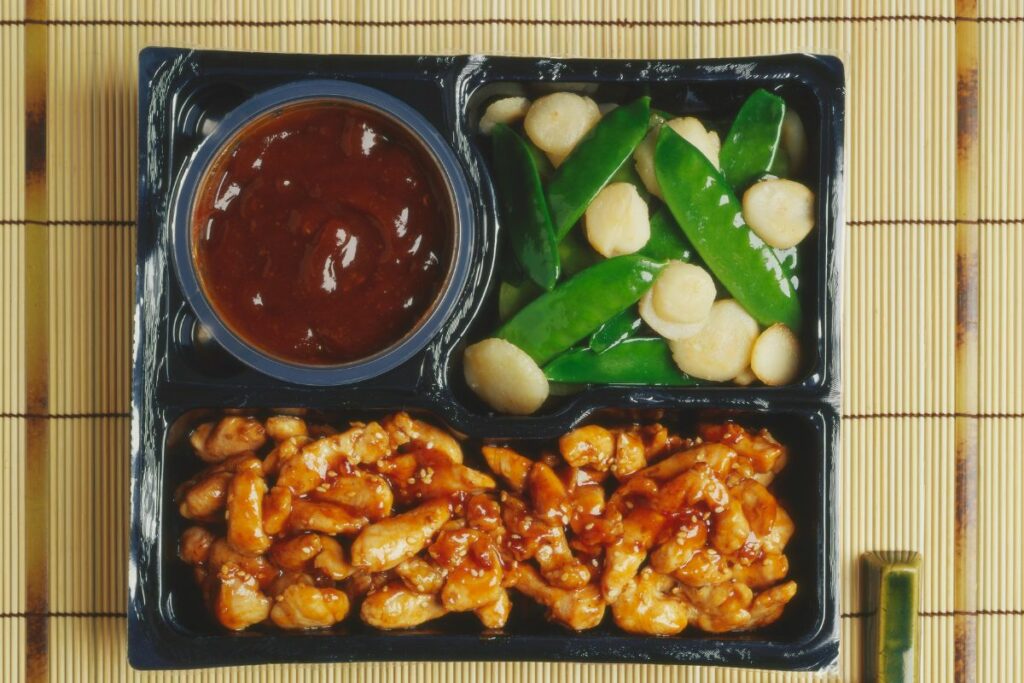
Gravy and ready-meals containing gravy often have gluten, and powdered gravy mixes can also contain gluten unless specifically labeled “gluten-free.”
Gluten-Free Alternatives To Gravy & Ready Meals
Gravy is an important part of roast dinner but can be problematic for those with gluten intolerance. This also goes for powdered gravy mixes.
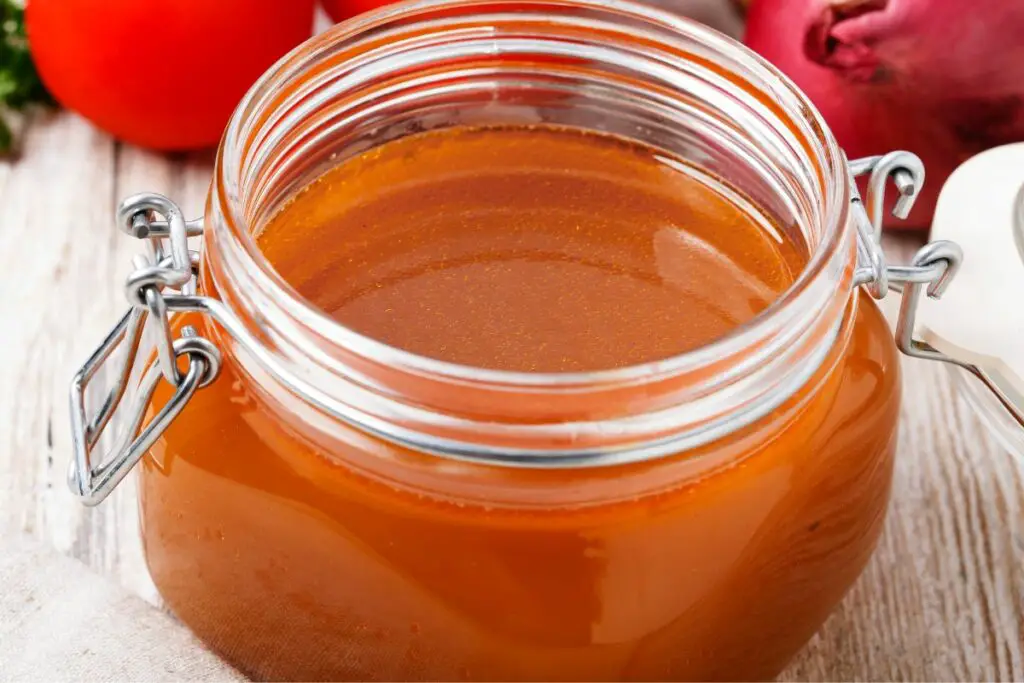
A good alternative to those powdered packets is using gluten-free flour to thicken meat juices or meat stock. Corn starch and potato starch can also be used as long as they do not contain any other gluten-containing grains.
It is important to check the labels of ready meals in supermarkets as the gravy may contain gluten.
Additionally, many restaurants now offer gluten-free menu options or can accommodate gluten-free requests; just remember to mention that to the waiting staff.
7. Canned And Boxed Soups
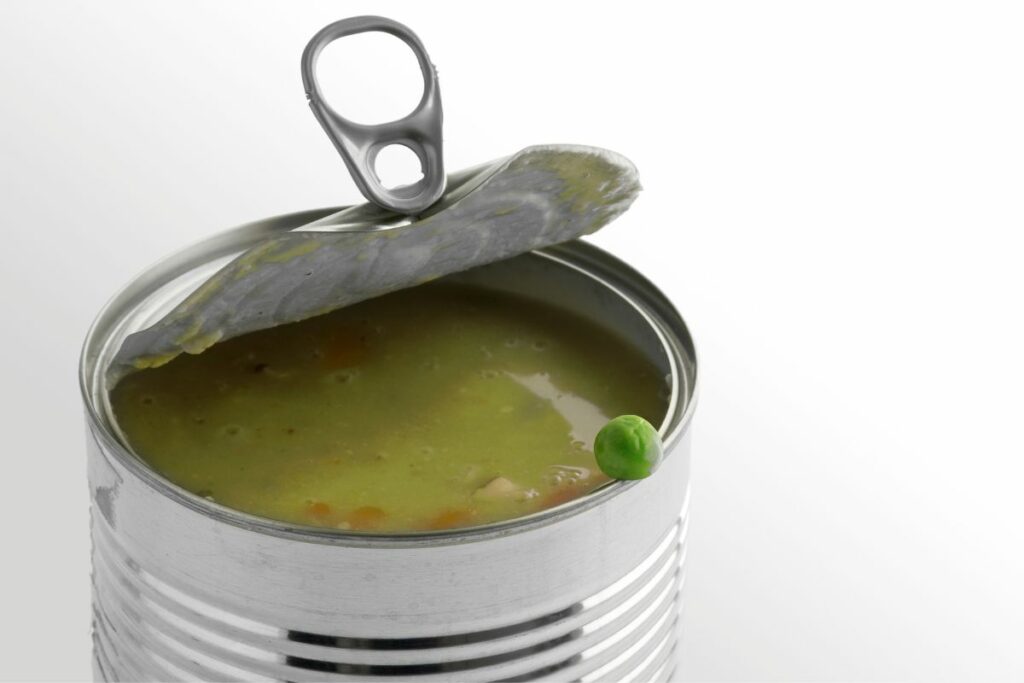
Canned and boxed soups use wheat flour as a thickening agent. Be sure to check the nutrition labels to find premade soups that are free of gluten.
Gluten-Free Alternatives To Canned Soups
To make gluten-free soups, use homemade broths and add gluten-free ingredients such as lentils, split peas, pumpkin, squash, tomatoes, black beans, and gluten-free noodles like rice or quinoa.

You can also use gluten-free alternatives like tofu, flour, soy sauce, and bouillon cubes in traditional soup recipes.
Always check the ingredients label or contact the manufacturer to confirm the gluten-free status of packaged soups. Also, gluten-free miso paste is a great option.
Vegetable soup is an example of different types of broths and soups that can be enjoyed as part of a healthy, gluten-free diet.
8. Soy Sauce

Soy sauce is not gluten-free because it is traditionally made from wheat, soybeans, and salt. The wheat is fermented, which gives soy sauce its characteristic flavor, but it also contains gluten. Some companies do offer gluten-free soy sauce options that are made with alternative grains such as rice, but traditional soy sauce is not gluten-free.
Gluten-Free Alternatives To Soy Sauce
For those that love the taste of soy sauce, there are some fantastic alternatives that can be added to your cooking and Asian-style recipes.
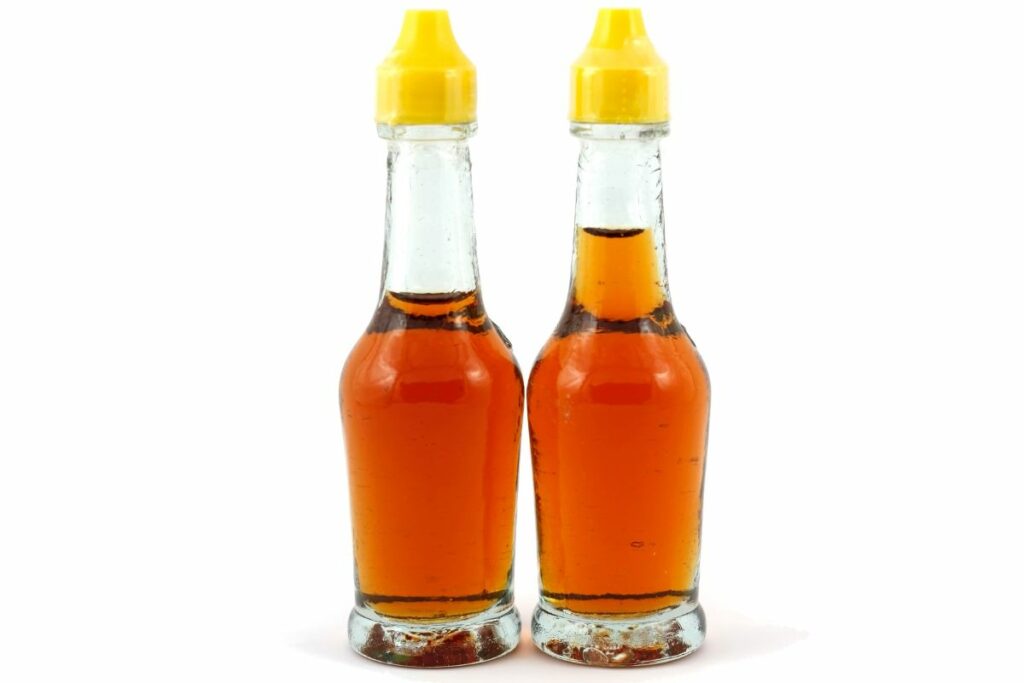
Some of my go-to options are Tamari, a soy sauce that is made with little to no wheat, and coconut aminos, which is a popular soy sauce substitute made from the fermented sap of coconut palms.
Also, fish sauce is a great option that is fantastic for those with gluten intolerances. Liquid aminos and Worcestershire sauce can also replace soy sauce but will still give your food the same umami or savory taste you require.
Always double-check the ingredients list to ensure the product is gluten-free.
9. Deli Meat
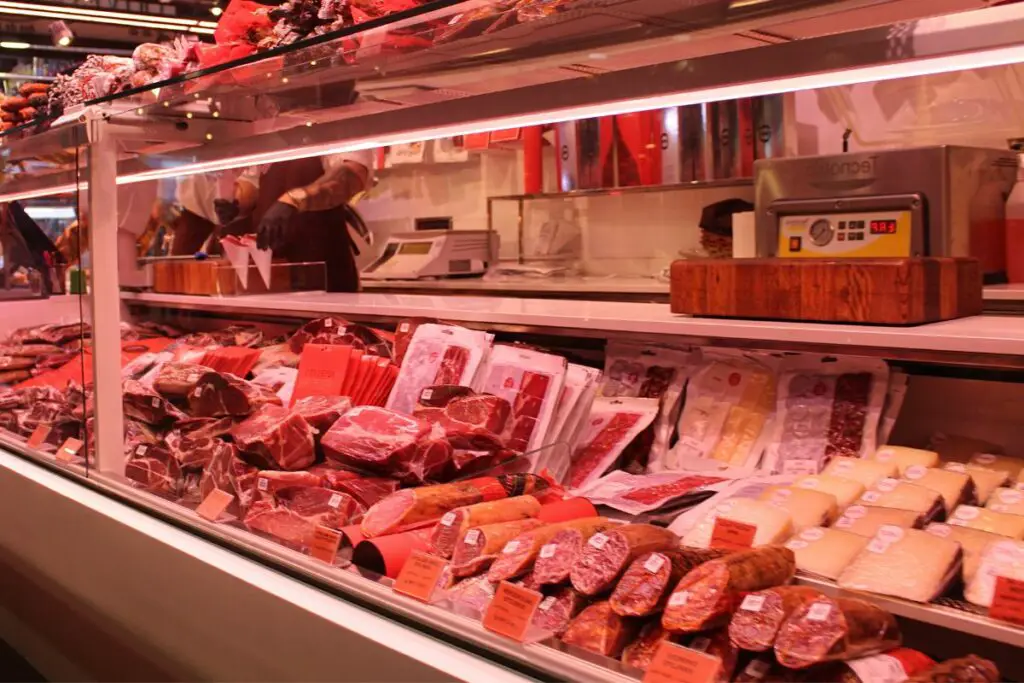
If you are trying to avoid gluten, deli meat seems like a safe option, but they are not. Some or most deli meats, such as roast beef and turkey, may be coated in a mixture containing wheat flour to retain moisture.
Gluten-Free Alternatives To Deli Meat
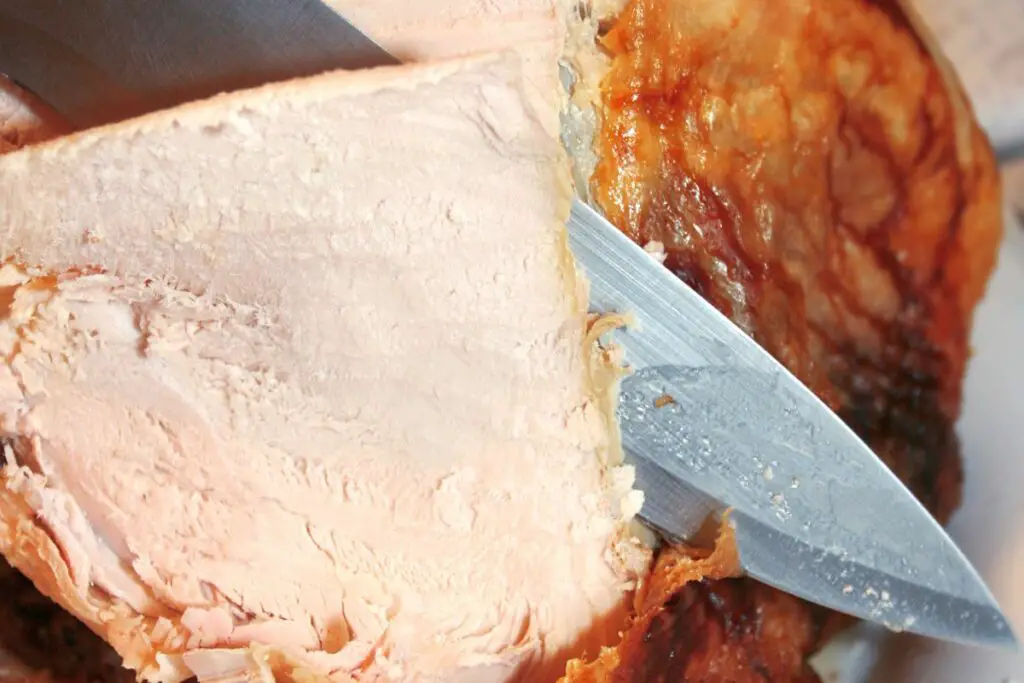
If possible, it is always better to get your meat from your local butcher rather than a deli counter in a big supermarket.
To avoid falling for the hidden gluten, I recommend purchasing whole cuts of meat, such as turkey breast or chicken breast, and cooking and slicing them yourself at home. This way, you can be sure that the meat is gluten-free and hasn’t been processed with any gluten-containing ingredients.
Some other gluten-free alternatives to deli meats include:
- Tofu: can be sliced and used as a deli meat alternative in sandwiches and salads.
- Seitan: made from wheat gluten, it can be sliced and used as a deli meat alternative in sandwiches and salads.
- Tempeh: It is made from soybeans and can be sliced and used as a deli meat alternative in sandwiches and salads.
- Eggs: can be hard-boiled and sliced for use on sandwiches or salads.
- Cheese: can be used as a filling for sandwiches and is naturally gluten-free.
As I keep repeating, always a good idea to double-check the ingredients list to ensure that the product is gluten-free, as some brands may contain gluten.
10. Salad Dressings
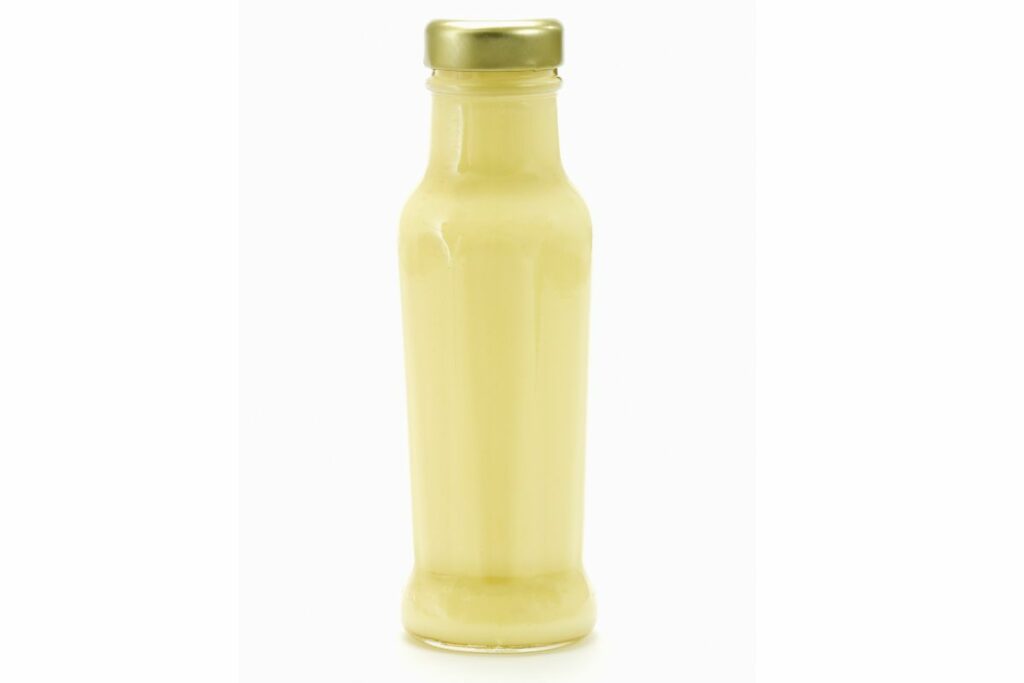
Most store-bought salad dressings are not gluten-free because they contain ingredients that are derived from wheat, barley, and rye, which are common sources of gluten. Some examples of these ingredients include wheat-based thickeners, malt vinegar, and barley-based maltodextrin.
Additionally, some salad dressings may also contain gluten-containing ingredients like soy sauce or hydrolyzed wheat protein which can be used as a flavor enhancer.
And also, cross-contamination can happen at the facility where the salad dressing is made, so even if the ingredients are gluten-free, it may still be possible for gluten to be present in the final product.
Gluten-Free Alternatives To Salad Dressings
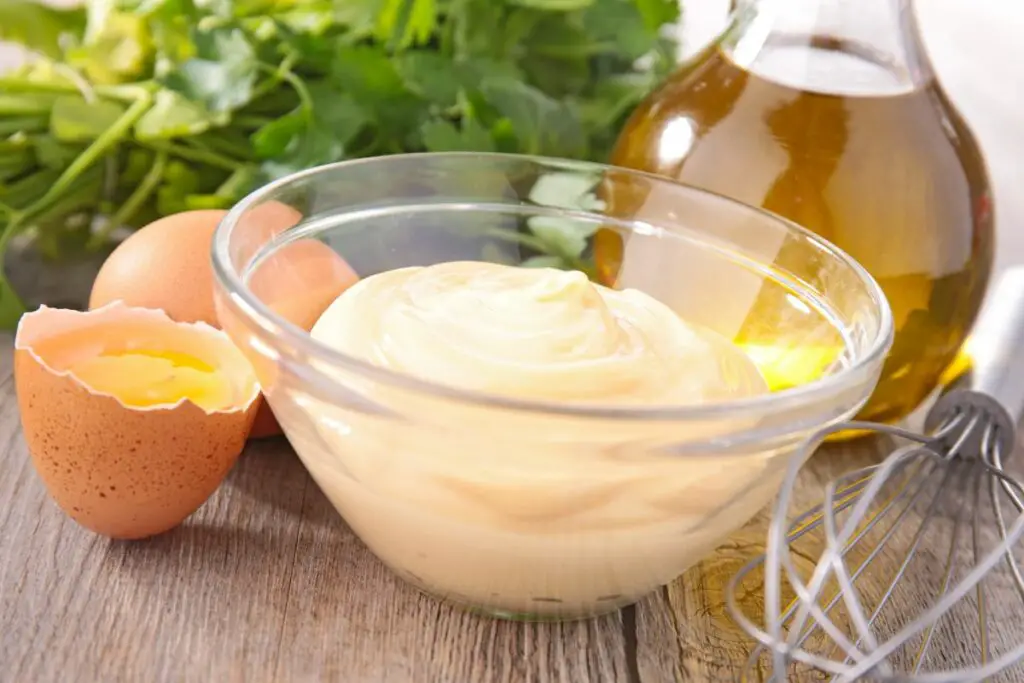
In bigger supermarkets, there are many gluten-free salad dressings. However, it is always exciting to try out homemade recipes with lots of different flavors and textures. Having good olive oil and vinegar in your pantry lays the foundations for some great salad dressings.
Ingredients such as mustard, spices, herbs, and garlic. Mayonnaise, yogurt, or Caesar dressing is also usually gluten-free, but checking the label before purchasing is always advisable.
So, here are some gluten-free ideas below:
There are many gluten-free alternatives to salad dressings that can be made at home or purchased at the store. Some options include:
- Homemade vinaigrettes: made with oil, vinegar, and spices, these dressings are naturally gluten-free.
- Lemon juice or lime juice: can be used as a dressing on its own or combined with olive oil and spices for a simple vinaigrette.
- Yogurt-based dressings: plain yogurt or sour cream can be mixed with herbs, spices, lemon juice, or vinegar to make a creamy dressing.
- Nut-based dressings: such as tahini, peanut butter, or almond butter, can be mixed with water, lemon juice, and herbs to make a creamy dressing.
- Avocado dressing: mashed avocado can be mixed with lemon juice, olive oil, garlic, and herbs to make a creamy dressing.
11. Energy And Protein Bars
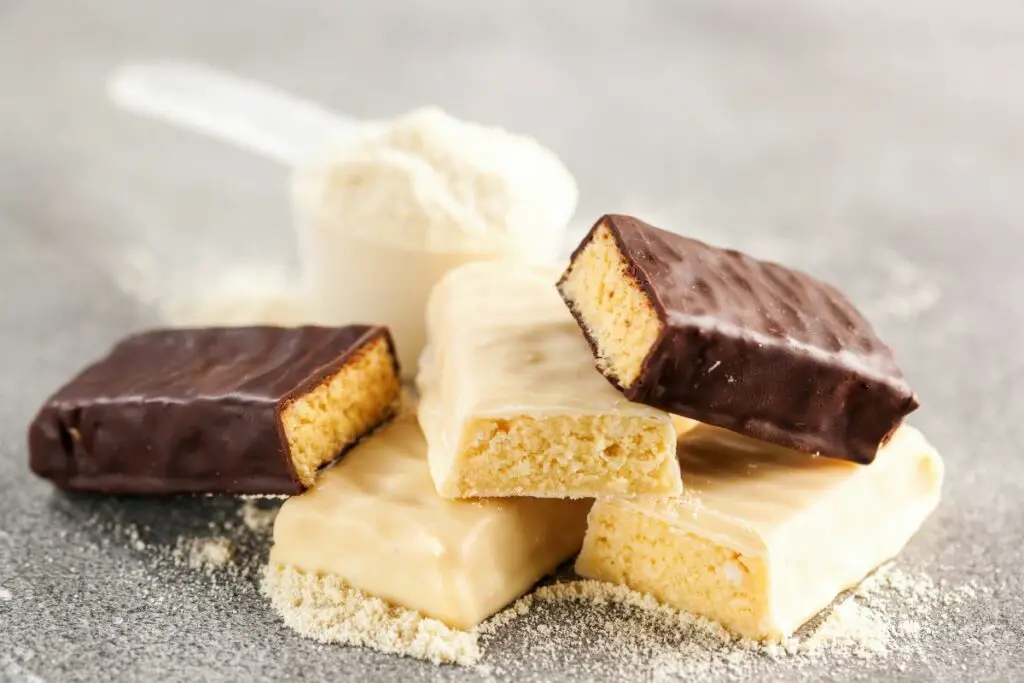
Energy and protein bars may not be gluten-free due to gluten-containing ingredients such as wheat flour, gluten, barley malt, malt extract, maltodextrin, and hydrolyzed wheat protein. Cross-contamination during manufacturing can also result in gluten traces in the final product.
Some energy bars contain oats that are not labeled as “gluten-free,” so be sure to check the label or look for a bar labeled gluten-free.
Gluten-Free Alternatives To Energy And Protein Bars
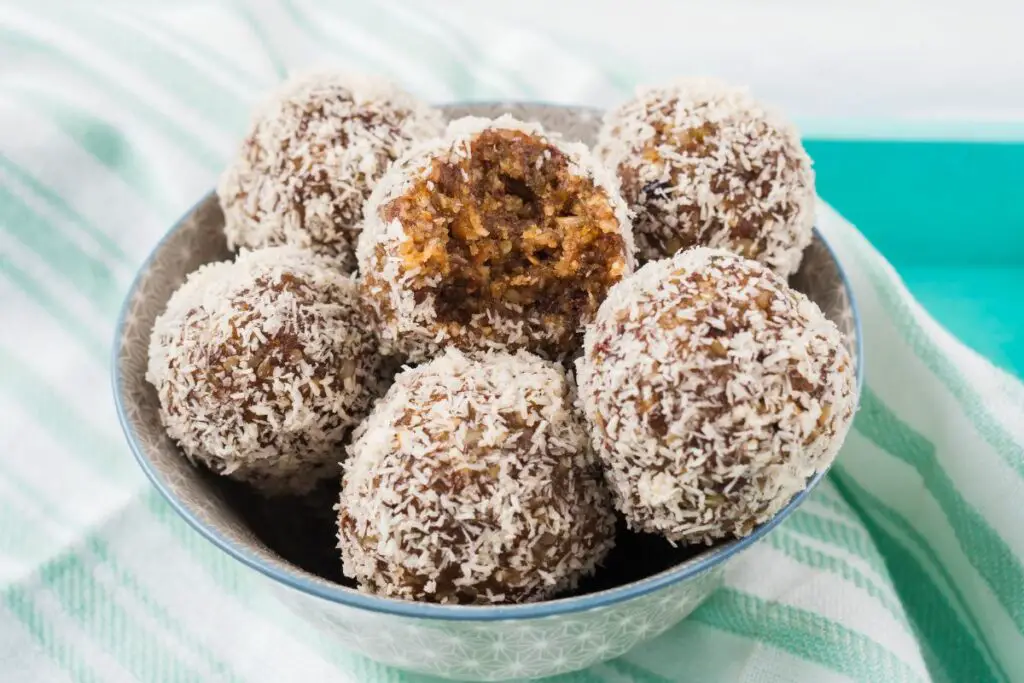
With a bit of creativity, you can come up with some great gluten-free alternatives to energy and protein bars that can be made at home or purchased at the store. Some options include:
- Homemade energy balls: made with gluten-free oats, nut butter, and honey or maple syrup.
- Fresh fruits and vegetables: can be eaten as a snack or combined with nuts or seeds for a more substantial snack.
- Gluten-free store-bought bars: Many store-bought bars labeled as gluten-free can be found at health food stores or specialty markets.
- Gluten-free granola: can be eaten as a snack or paired with yogurt or milk for a more substantial meal.
- Gluten-free crackers are paired with hummus, nut butter, or cheese for a satisfying snack.
- Hard-boiled eggs: make a protein-packed snack that is naturally gluten-free.
- Jerky: Many commercial brands make gluten-free jerky which can be a good source of protein.
12. Licorice
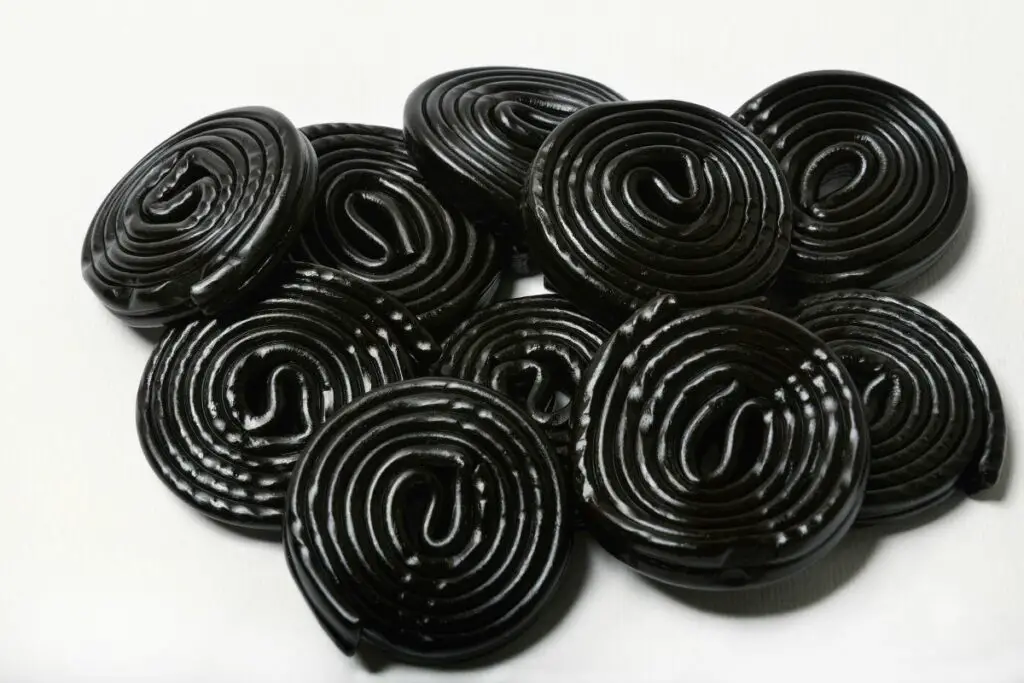
While black licorice is made from wheat flour, red licorice is sometimes gluten-free. Additionally, some licorice products may be dusted with wheat flour or barley flour to prevent sticking. However, it’s always a good idea to check the label to be sure.
Gluten-Free Alternatives To Liquorice

If you’re looking for gluten-free alternatives to licorice, there really is no one-to-one substitute, but some options include:
- Fruit chews: Many fruit chews are naturally gluten-free and come in various flavors.
- Gummies: many gummies are naturally gluten-free and come in various flavors and shapes.
- Hard candies: Many hard candies are naturally gluten-free and come in various flavors.
- Gluten-free licorice: Some licorice products are specifically formulated to be gluten-free and can be found at health food stores or specialty markets.
- Gluten-free licorice extract: can be used as a flavoring in baking and cooking.
13. Imitation Crab Meat
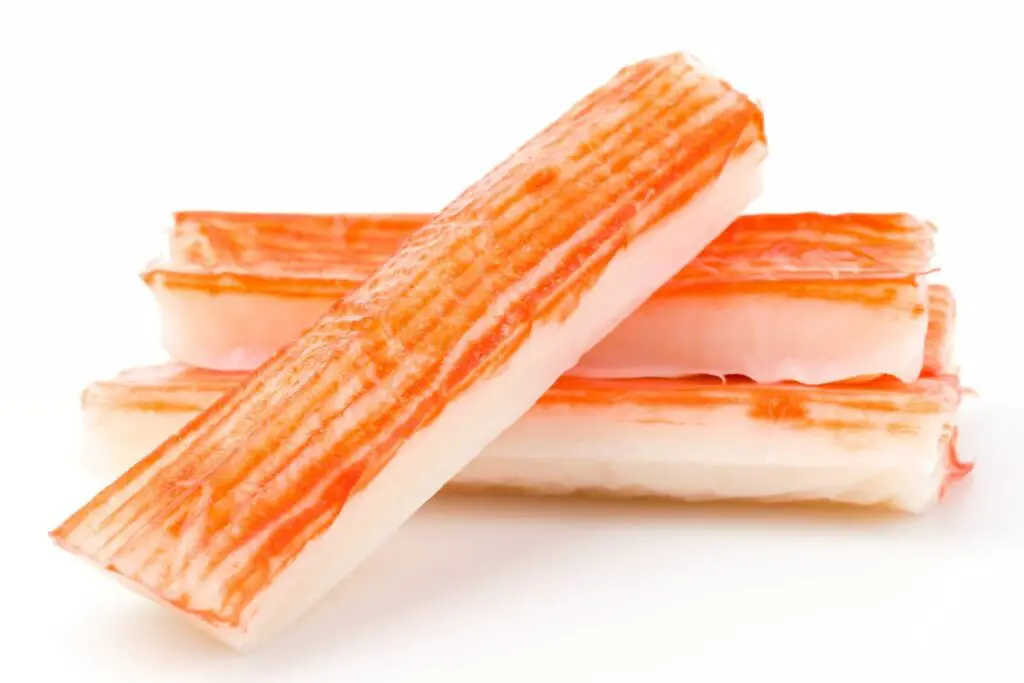
Imitation crab meat, also known as surimi, is often made with wheat protein or contains wheat starch, which is used as a binding agent. So be sure to check the label if you’re avoiding gluten.
Gluten-Free Alternatives To Imitation Crab Meat
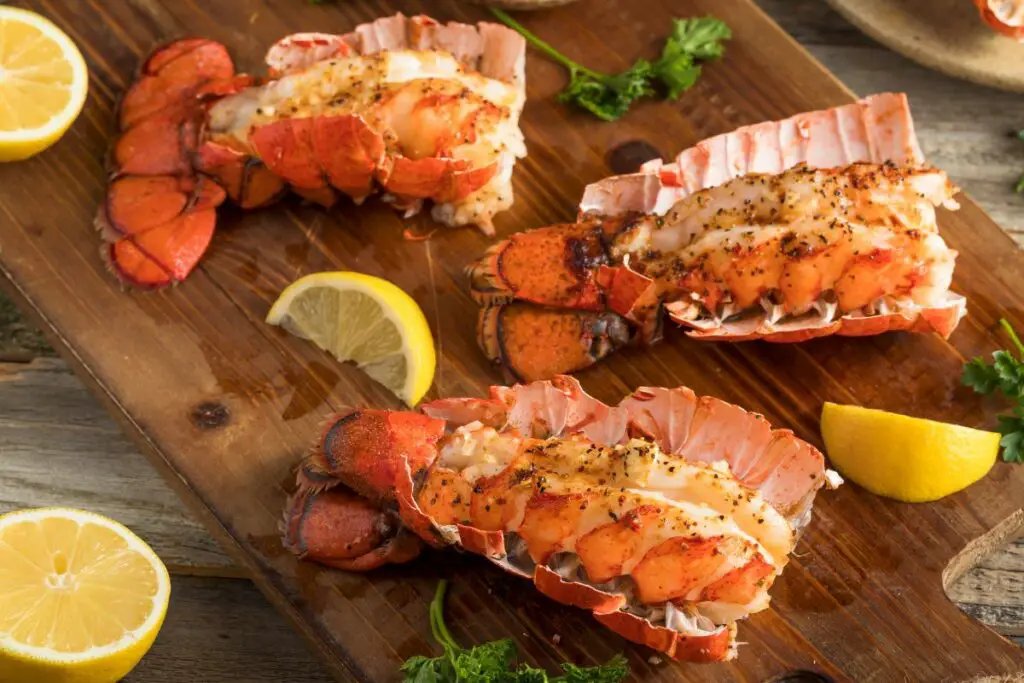
Here are some of my recommendations for gluten-free alternatives to imitation crab meat:
- Real crab meat: Fresh or canned crab meat is naturally gluten-free.
- Real shrimp: Fresh or cooked shrimp is naturally gluten-free.
- Real lobster: Fresh or cooked lobster is naturally gluten-free.
- Tofu: Can be flavored and shaped to mimic the texture of imitation crab meat in sushi or salads.
- Fish: Fresh or canned fish can be used in place of imitation crab meat in salads or sandwiches.
14. Restaurant French Fries
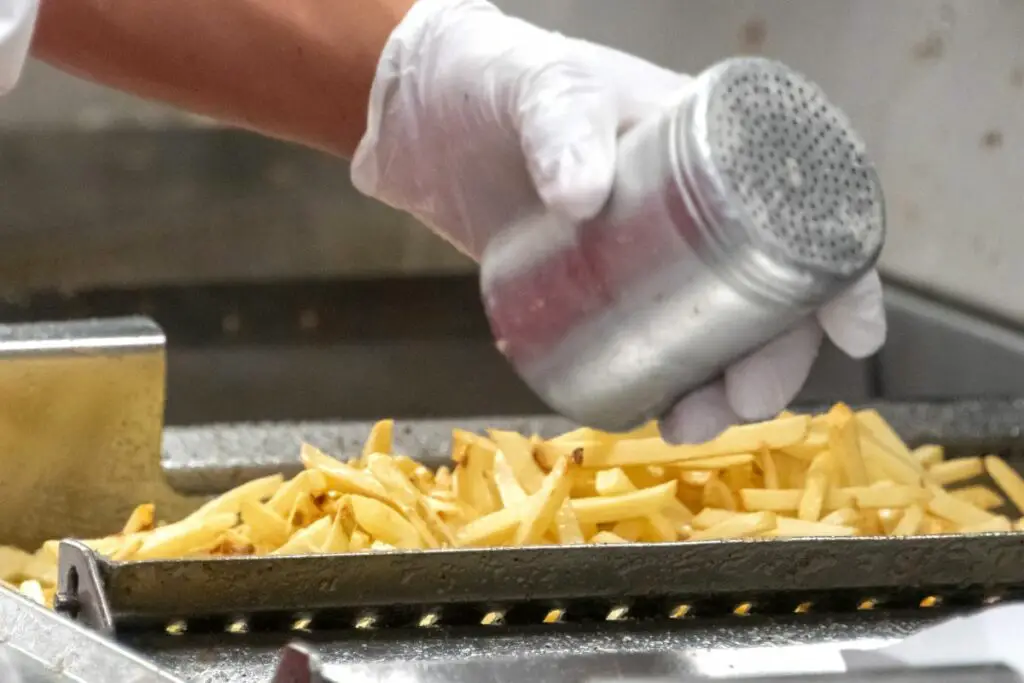
While French fries themselves are typically gluten-free, they may be fried in the same oil as breaded items and, therefore, may contain trace amounts of gluten. If you’re following a strict gluten-free diet, you should ask about the frying process at restaurants.
Gluten-Free Alternatives To Restaurant French Fries
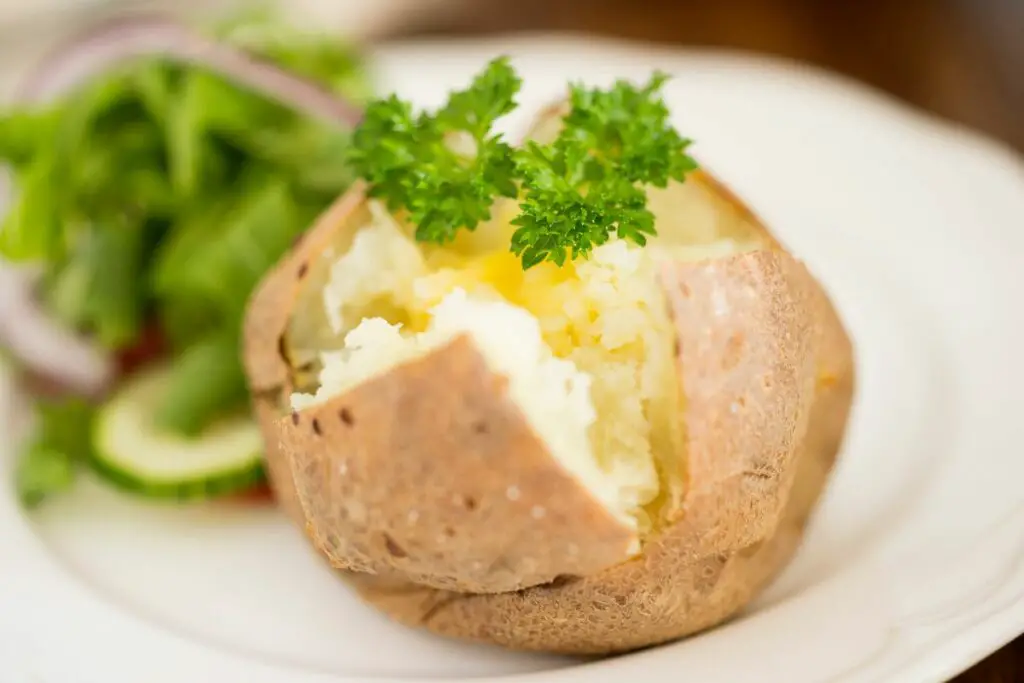
If your restaurant cannot guarantee that your fries are 100% gluten-free, it’s better to opt for a side like a baked potato, a side salad, rice, or greens. This ensures that no cross-contamination has taken place, and you can enjoy your meal with peace of mind.
Trying salads, boiled potatoes, or grilled veggies is also a way to keep a varied diet whilst staying healthy and balanced.
15. Medications and Supplements

Some medications and supplements, such as pills and capsules, may contain traces of gluten as a binding agent. Some pills and capsules may also be coated with a gluten-containing substance, such as wheat gluten, to improve their shelf life.
Be sure to check with your pharmacist or the medication label to ensure that your medication is gluten-free.
Gluten-Free Alternatives To Pills And Capsules
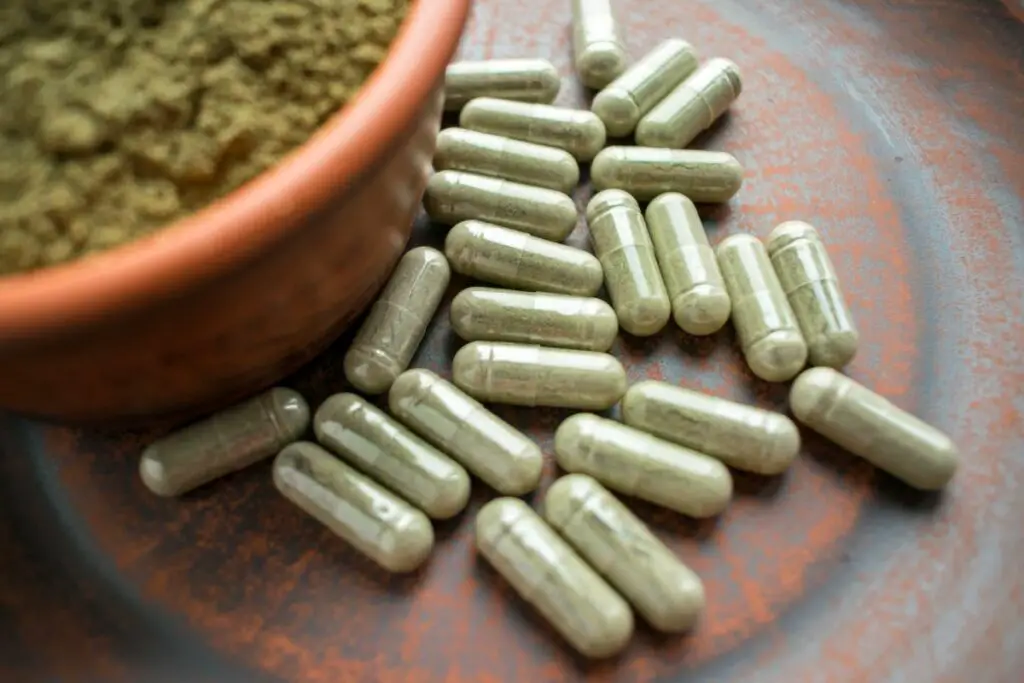
Although most pills and capsules are now made without any gluten, I would still recommend checking the label whenever you purchase something new.
Of course, you can try substituting with homemade remedies such as honey, ginger, lemon, and garlic can help with various ailments instead of over-the-counter pills.
You can also make your own Homemade Wellness Shots With Bioavailability Enhancers.
It’s always best to check with your health practitioner for more advice on gluten-free medication.
And there is always an option to make your own supplements. It is easier than you think. Check out my latest post here: How I Make Supplements Using a Simple Capsule Filler.
In Summary
Many common foods contain gluten, a protein found in wheat, barley, and rye. Some of these common foods with gluten include pasta, cereal, bread, baked goods, crackers and snacks, beer, processed meats, condiments, some sweets, soy sauce, gravies and sauces, seasoned and breaded foods, imitation meats, and protein bars.
If you have gluten sensitivity or intolerance and you are trying to follow a gluten-free diet to keep your gut healthy, it is important to seek out alternatives to these foods. It is also important to always check the ingredients and product labels when shopping for gluten-free foods and to be aware that some gluten-free alternatives may have different textures and flavors than traditional wheat-based products.
